In her first conservation job, Ashley Dayer watched a species go extinct. “It’s a picture that haunts me,” she told HuffPost.
When she arrived in Maui in 2001, there were only three known Po’ouli birds left in existence. The drab, brown honeycreepers weren’t the flashiest of Hawaii’s animals, but they were unique in their preference for dining on snails, and Dayer was on a team making a last-ditch effort to save them. It was too late. The last known bird was brought into captivity, where it died. “It’s now a museum specimen,” Dayer, now an assistant professor in Virginia Tech’s department of fish and wildlife conservation, recalled sadly. “I never want to watch another species go extinct.”
She described Hawaii as the extinction capital of the world. “People feel really removed from that. They’re like, ‘Oh, that’s not really going to happen.’ It’s happening, in Hawaii, now! This is our country and we have an extinction crisis.”
Indeed, there is an extinction crisis the world over.
A 2019 global analysis of the state of nature, compiled by 150 experts from 50 countries, paints a stark and harrowing picture of species loss over the past 50 years. The United Nations-backed study from the Intergovernmental Science-Policy Platform On Biodiversity and Ecosystem Services, published Monday, shows that up to 1 million species risk extinction because of humans and that countries continue to use up nature much faster than it can be replenished.
Read More: Shocking New Report On Loss Of Nature Paints A Terrifying Picture For The Future Of Humanity
It’s a disaster at least on a par with climate change, with dire implications for human life as we know it.
Animal populations have decreased by an average of 60% in the last four decades; 4 in 10 mammal species have declined significantly since 1900. Insects are dying off en masse. Native trees and grasses are being taken over by foreign invasives. Coral reefs are bleaching.
Scientists have called the degradation of Earth’s biodiversity in the modern era “biological annihilation” and the sixth extinction — and we caused it. Agriculture, commercial fishing, urbanization, man-made climate change, habitat destruction, pollution: We are the architects of unprecedented massacre.
So what is biodiversity — and why should you care?
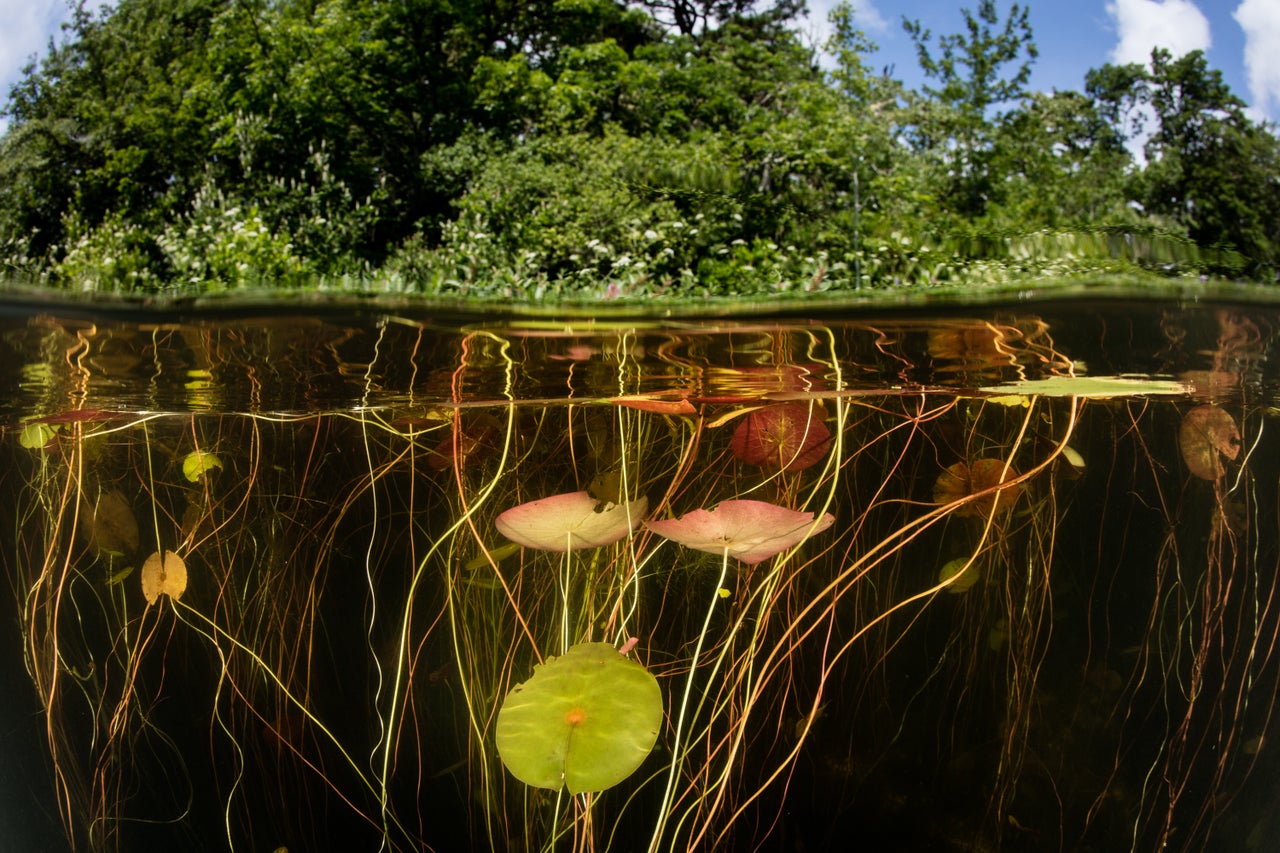
Simply put, biodiversity is the huge variety of living organisms on Earth — plants and animals, insects and fungi, microbes and man. Biodiversity can be looked at on the species level, down to genes, or out to whole ecosystems and how they interact.
Losing animal and plant species can have negative impacts we didn’t expect, said Kathy Halvorsen, professor of natural resource policy at Michigan Technological University. “We need all these cogs in the machine.”
“We often don’t think about those interconnections,” said Dayer, who studies what people think and do related to conservation. “You can’t just study people, you can’t just study the environment. That’s not actually how the world works.”
People may define the importance of biodiversity in different ways. Some believe in the intrinsic value of biodiversity — who wants to live in a world without blue whales and butterflies? Others focus on utilitarian aspects: We enjoy outdoor recreation, depend on agriculture and derive physical and mental health benefits from nature. Many may not feel deeply connected to nature themselves, but want to leave the Earth’s legacy intact for their children.
“[Biodiversity] is vital to our well-being, our ability to feed ourselves, our ability to have clean water, clean air. We should care because it helps people,” Halvorsen said. “We should also care because caring makes us more human and more humane. There are other beings on Earth, and caring about wanting to protect them is something we have an ethical obligation to do.”
Here are just some of the ways that biodiversity impacts our lives, every single day.
The food we eat
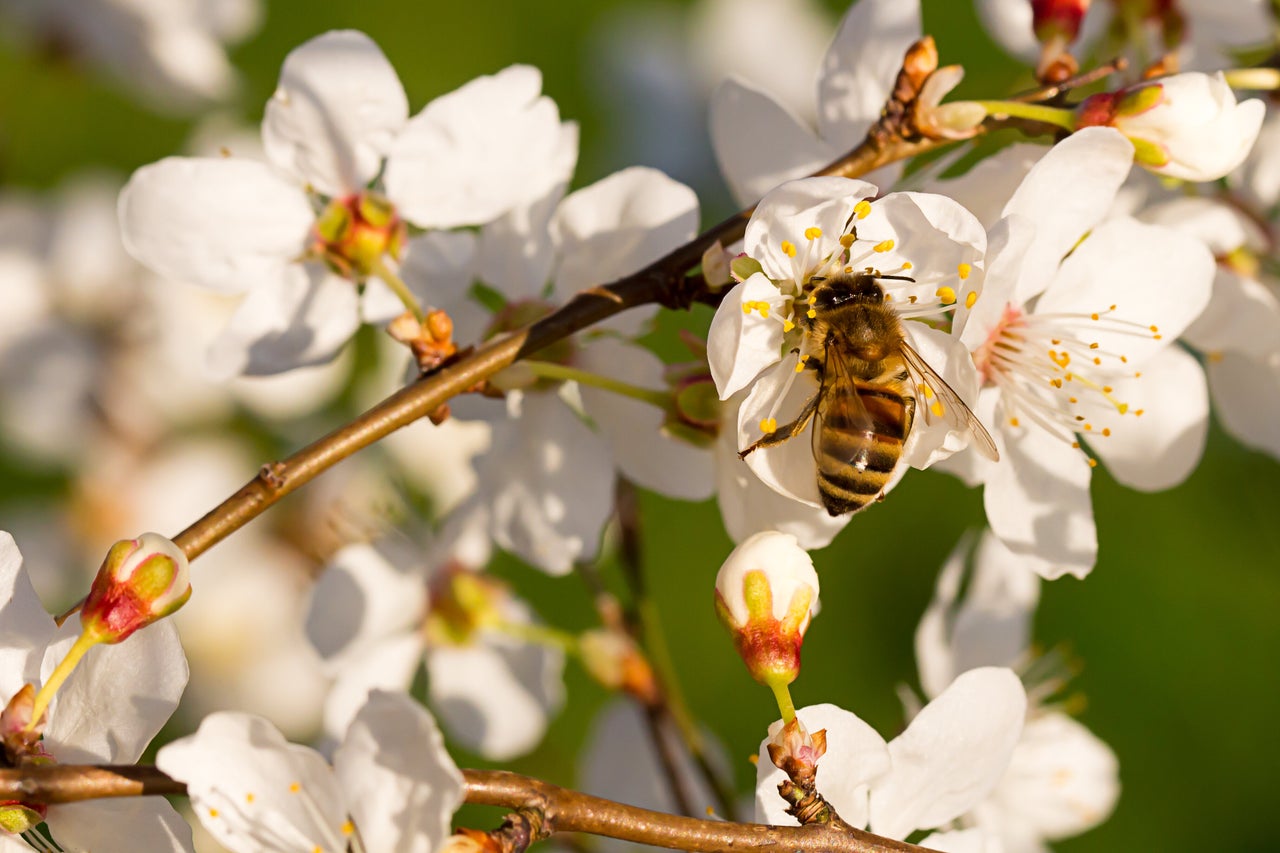
Like coffee and chocolate? Do you eat fruits and berries? Then you’ve benefited from the work of more than 20,000 species of pollinators, including wasps, bees, flies, beetles, butterflies, birds and even bats, lemurs and lizards. At least 85% of the world’s leading crops depend in some way on pollinating animals.
“Without them, we would be missing a lot of our really important food sources,” said Halvorsen. California produces more than 80% of the world’s almonds, a feat that requires pollination by virtually every commercial beehive in the U.S., which are shipped in from around the country every February.
But bee colonies have been declining by 30% a year on average, due to a combination of climate change, loss of wildflower species, pesticides and other stressors. As University of California, Davis pollination expert Christine Casey put it: no bees, no almonds.
Researchers fear that declines in insect pollinators globally will dampen agricultural productivity, increasing the need for land and leading to more habitat destruction.
“We can’t save ecosystems when they’re desperately sick.”
- Donald Waller, University of Wisconsin, Madison
Seafood is the main source of animal protein for about a billion people worldwide. But overfishing, along with climate change, is hitting fish populations hard. And fish farming can’t make up the difference. In some ways, it can exacerbate an already bad situation. It takes an enormous amount of fossil fuel energy to produce food for fisheries, which is costly and ecologically damaging. And fish farms contribute to water pollution. A smarter response? Rein in overfishing so that marine ecosystems can balance species diversity the natural way.
And it takes biodiversity to support the biodiversity that supports our food supply. Consider the wildflowers: bees and butterflies need native vegetation to survive. Native fungi could control the spread of invasive insects that are ravaging apple and grape orchards. Bats are “voracious predators” of many crop-eating pests, according to a 2011 study in the journal Science that estimated the decline of bat populations in North America could lead to agricultural losses of more than $3.7 billion a year.
The air we breathe and the water we drink
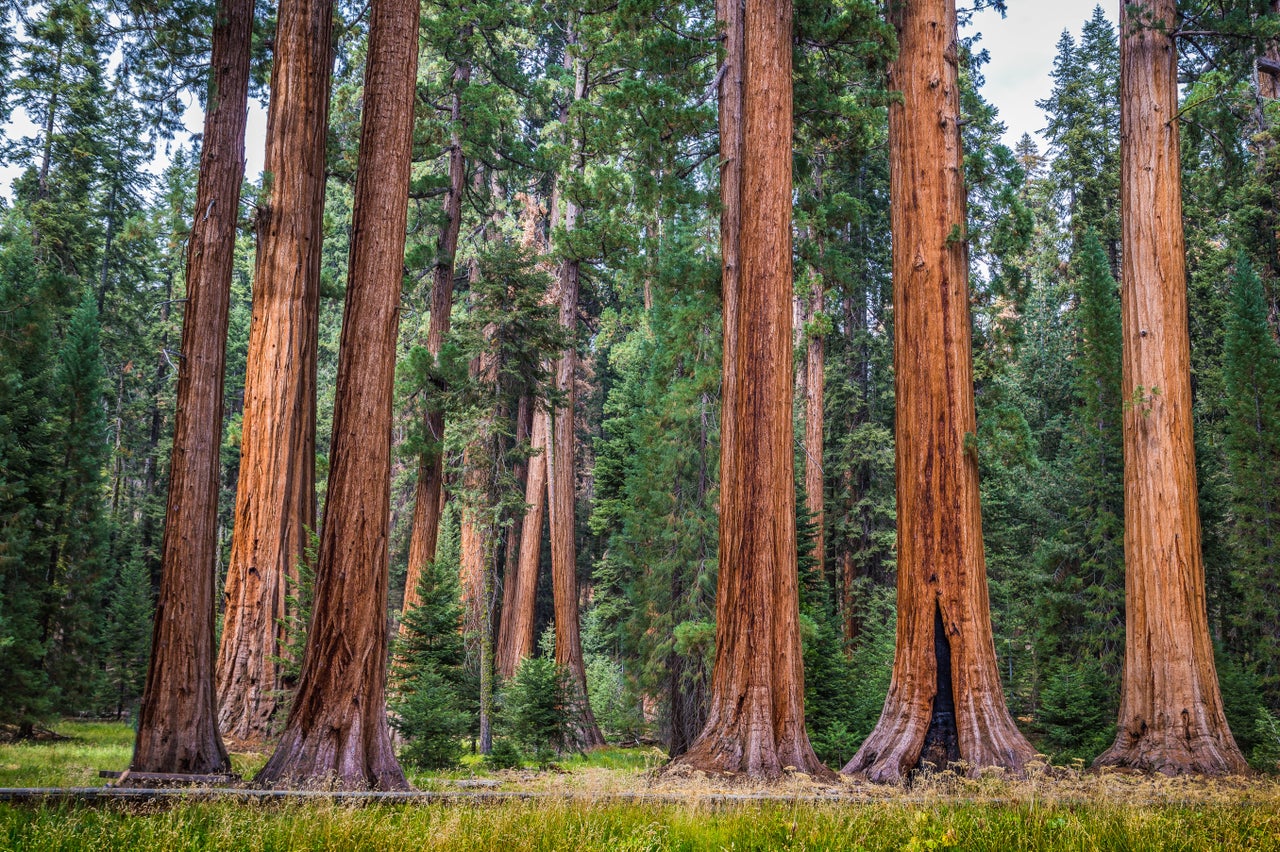
Plants’ ability to capture and store carbon dioxide from the atmosphere is a crucial piece of our continued survival. The fastest, cheapest, most efficient way to bring down greenhouse gases and mitigate some of the effects of climate change is to grow more trees around the world and preserve the ones we have, said Donald Waller, a botany and environmental studies professor at the University of Wisconsin, Madison. “We could essentially be absorbing more carbon than generated by all the cars and trucks on our highways.”
Trees — especially in the middle of bustling cities — can pull pollutants out of the air and lower air temperature.
But making the world green is not enough, he added; we need to make sure there is a diversity in our plant life. Forests are seeing “radical, pervasive change,” according to Waller. As native species die off and diversity in forests dwindles, plant life loses its resilience. A simplified forest that is home to just a few species is going to be much more vulnerable to drought, flood, fire or invasive species. “If you’re down to a forest of five or six [species] and you lose three, you’re in real trouble. We need to protect plant diversity and forest diversity on the front end. We can’t save ecosystems when they’re desperately sick.”
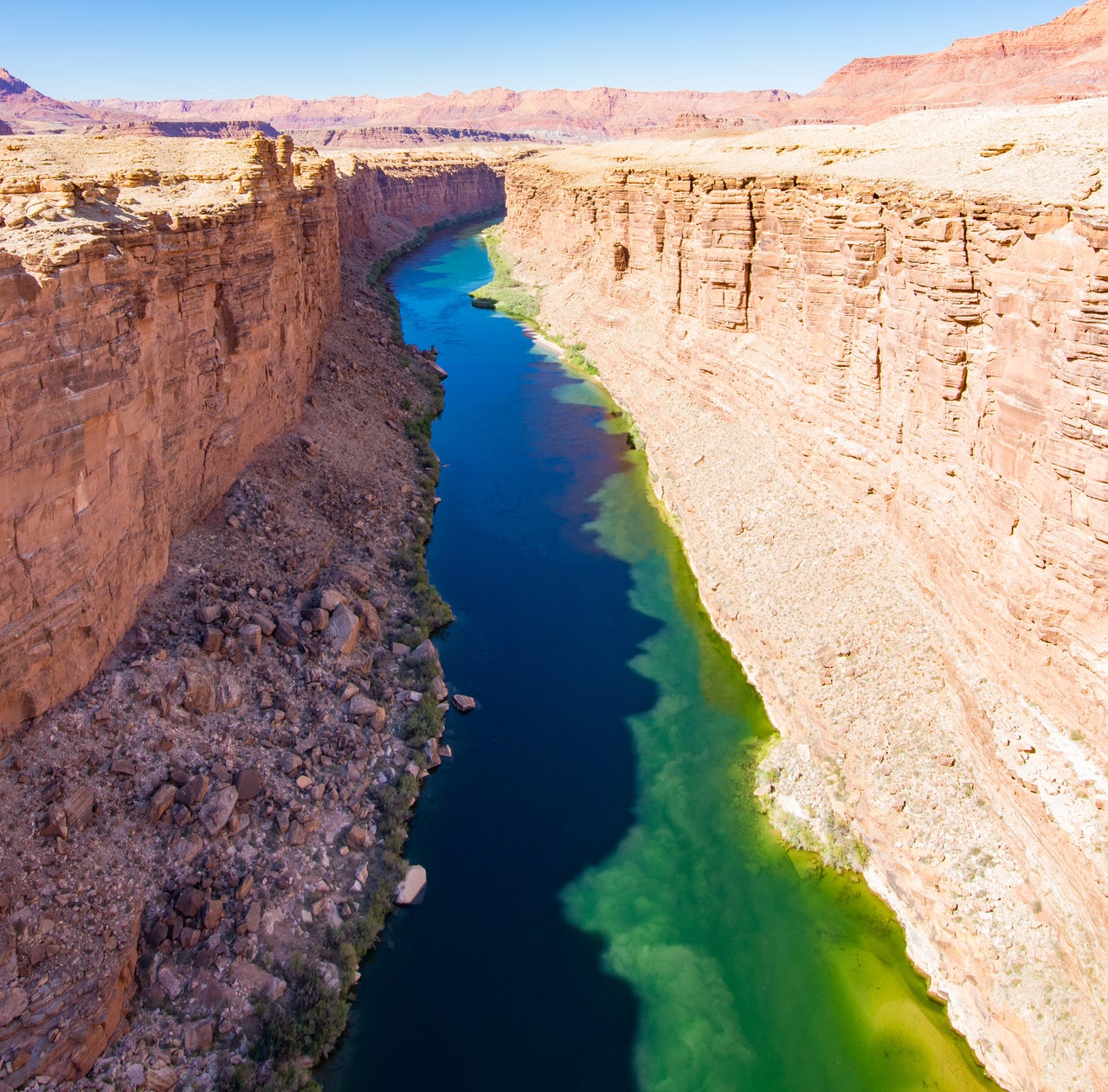
When it comes to naturally combating water pollution, research suggests that ecosystems that support more species do a better job of removing harmful pollutants. The greater the number of species — each with its own specialty — the greater the reduction of pollution. Maintaining the breadth of native species is also vital for outcompeting invasives and controlling the growth of toxic algae blooms, which have been reported in every coastal U.S. state.
Katie Suding, a professor of ecology and evolutionary biology at University of Colorado, Boulder, likened biodiversity to recruiting a well-rounded sports team. “Because it is rare for one species to do everything well, a team of species will result in greater benefits in multiple functions,” she said. “For instance, if I were coaching a soccer team, I’d not just pick quick and fast players, but would want some to be strong and tall, and I’d want ones that could pass as well as take the ball to the goal.”
Our health

The whole “nature is good for you” thing might sound hokey, but it’s true. Spending time in nature — even just walking through a city park on your lunch break — improves mental health. People who have bird feeders in their backyards or hear birdsongs in their neighborhood are happier, instantaneously and over time, Dayer said.
Plants have always been an important source of medical treatments, and that’s as true in today’s world of pharmaceutical research and development as in traditional medicine. Of all the new drugs approved in the last 30 years, about half were derived, directly or indirectly, from nature. This includes vaccines and vital cancer treatments.
In addition to treating disease, biodiversity also plays a role in how it is transmitted. “I live in a place where I’m really worried about Lyme disease,” Halvorsen told HuffPost. Many of us can relate. Cases of Lyme (as well as other tick-borne diseases) have increased as much as 1,300% in some parts of the U.S. Some researchers believe that greater biodiversity may dilute human exposure to Lyme. The same is thought of malaria.
The lives we live
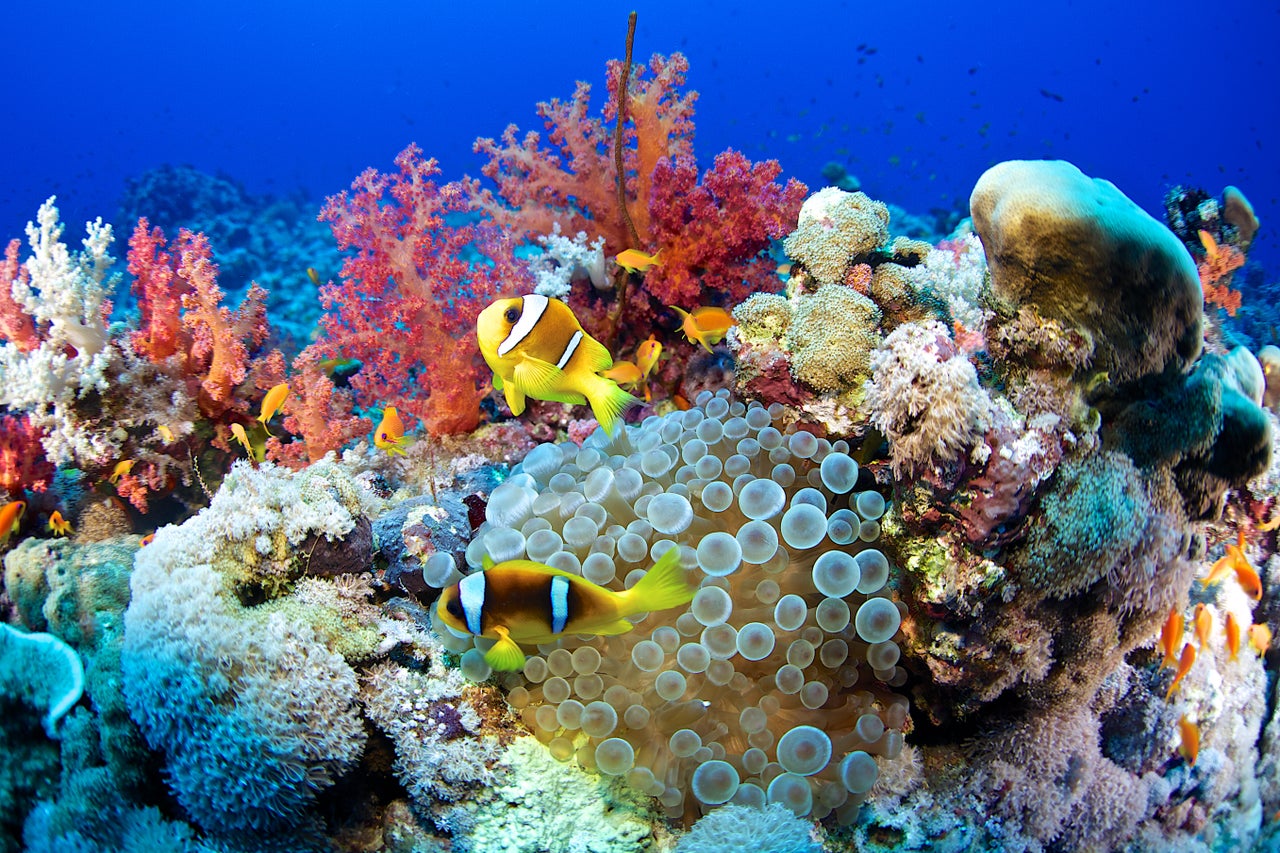
Robust biodiversity protects our very ways of life. Coral reefs and mangroves are natural barriers against storm surges. Mixes of grasses and plants with different root systems prevent soil erosion, which can destroy farmland, pollute waterways and lead to devastating floods. Diverse forests are more resilient to fire. Whole societies depend on thriving livestock or seas teeming with fish.
Our relationship with nature says a lot about who we are, and who we want to be. Maybe your parents used to take you out fishing. It’s a family tradition you planned to pass down to your kids. Well, Halvorsen warned, “you might not be able to do that if the live insect species those fish need to eat have been reduced.” Between warming waters, pollution and the decimation of insect populations — 41% of insect species are in decline — that simple pastime may no longer be a given.
“We should care because caring makes us more human and more humane. There are other beings on Earth, and caring about wanting to protect them is something we have an ethical obligation to do.”
- Kathy Halvorsen, Michigan Technological University
Enjoying nature is meaningful on an individual and cultural level; it’s also a meaningful source of tourism revenue for communities across the world. Hunting, fishing, birding, whale watching, diving in the coral reefs — nature tourism puts hundreds of billions of dollars into the global economy each year.
But, as Earth Day founder Gaylord Nelson was fond of saying, “the economy is a wholly owned subsidiary of the environment” — not the other way around. Nature cannot be reduced to yields and revenues, and how we choose to value it is a reflection of our collective worth as a species. “We ask ourselves if we can afford to have a nice environment — a diversity of plants and animals,” said Waller. “I think we need to turn that around and ask if we can afford not to.”
So what do we do now?
There are decisions each of us can make every day to help the environment — or to at least have less of a negative impact: eschewing single-use plastic, eating less meat, not paving over our yards if we have them.
“Random acts of conservation kindness” can help in small ways, Dayer said, “but if we stopped and thought strategically, we would find the most important areas to be addressing.”
It’s vital that states, nations and international alliances commit to protecting natural habitats on land and at sea, to preserve species diversity while we still can. And we must try to restore what we’ve already destroyed. New York City planted 1 million trees between 2007 and 2015. Similar projects have been tried in other cities, including Shanghai. The Trillion Trees project is a global effort. You can support these movements by donating your time and money, and letting elected officials know this is where you want funding to go.
Dayer also emphasized the value of citizen science. Your observations of animals, trees, stars and more — from your street, your backyard or even from your computer — offer conservation scientists data they wouldn’t have otherwise. (You can search for citizen science projects here, here and here.) “We need more research and understanding to make sure we figure out what really are the threats that we need to prioritize,” she said. Step one might be making nature a priority at all.
For more content and to be part of the “This New World” community, follow our Facebook page.
HuffPost’s “This New World” series is funded by Partners for a New Economy and the Kendeda Fund. All content is editorially independent, with no influence or input from the foundations. If you have an idea or tip for the editorial series, send an email to thisnewworld@huffpost.com.
